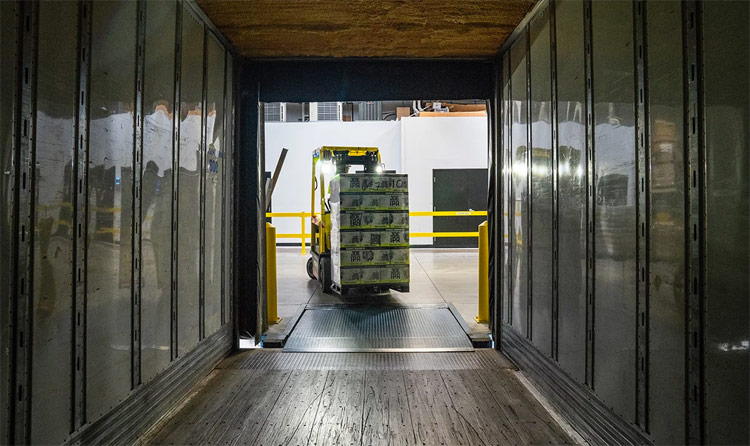Humidity Testing Shipping Boxes

The market for corrugated and paperboard boxes has experienced tremendous growth over the past several years. This growth has been fueled, in large part, by the ever increasing shipping demands of the e-commerce industry but there are many other factors driving demand for reliable cardboard boxes. According to a recent MarketWatch.com article, “The rising population and growing per capita income are the major growth driver for the corrugated and paperboard boxes market. Along with this, the growing applications segment such as food & beverages, personal care, Pharmaceuticals & healthcare, consumer goods, electronic goods has subsidized a key role in the overall market evolution.” In addition, bans on plastic shipping alternatives have increased demand for cardboard shipping boxes across the globe. This demand has not yet reached its ceiling. In fact, corrugated and paperboard boxes market is expected to continue to grow at nearly 4% CAGR through 2023.
As more and more items find their way into cardboard containers for shipping or storage, engineers have had to design reliable, efficient and cost-effective packaging. A key consideration in this design process is the environment in which the packaging will be stored or shipped. Understanding the humidity of the environment is of particular importance because moisture and cardboard do not mix. Too much moisture can damage packaging and have a major impact on corrugated packaging’s ability to withstand top to bottom compressive loads. Packaging failures can cause damage and even pose safety hazards - and that's a major problem.
So, the cardboard industry is taking new measures to ensure there are established guidelines for corrugated packaging designers to follow.
A recent packagingstrategies.com article titled, Engineering Boxes for Relative Humidity in the Distribution Environment, explains that, “the use of environmental factors to determine corrugated packaging strength requirements is a fundamental necessity. It allows engineers to establish safety factors for corrugated packaging to withstand top to bottom compressive loads in the environments that the packaging will be exposed to...To date, the equations used to calculate these safety factors have been based on data derived in the 1960s and ’70s, using commercially available substrates of that era...Major advances in paper making technology have been made since that time...the corrugated industry commissioned research and is developing new guidelines that will be ratified and published this June. For the first time, recommended compression strength adjustments for relative humidity will be predicated not on calculated estimates, but on material testing of boxes.”
The recommendations in the June report will be based on laboratory testing of 3,000 boxes in controlled environments with relative humidity levels from 30 to 90 percent. These recommendations will be a key step in ensuring high quality cardboard design but testing and quality assurance will remain an important step for packaging manufacturers.
Associated Environmental Systems has experience working with top packaging manufacturers. Our humidity test chambers are capable of replicating precise environmental conditions with humidity control from 10% to 98% RH. We offer a variety of sizes from bench-top chambers to walk-in rooms. Our chambers can help to ensure that your packaging is reliable, efficient, cost-effective and in-line with the latest industry recommendations.
To learn more about our humidity chambers, visit our Temp/Humidity Chamber page or contact a representative today. Our sales and engineering team is highly trained and can help to answer any questions you may have.
Share: ![]()
![]()
![]()


